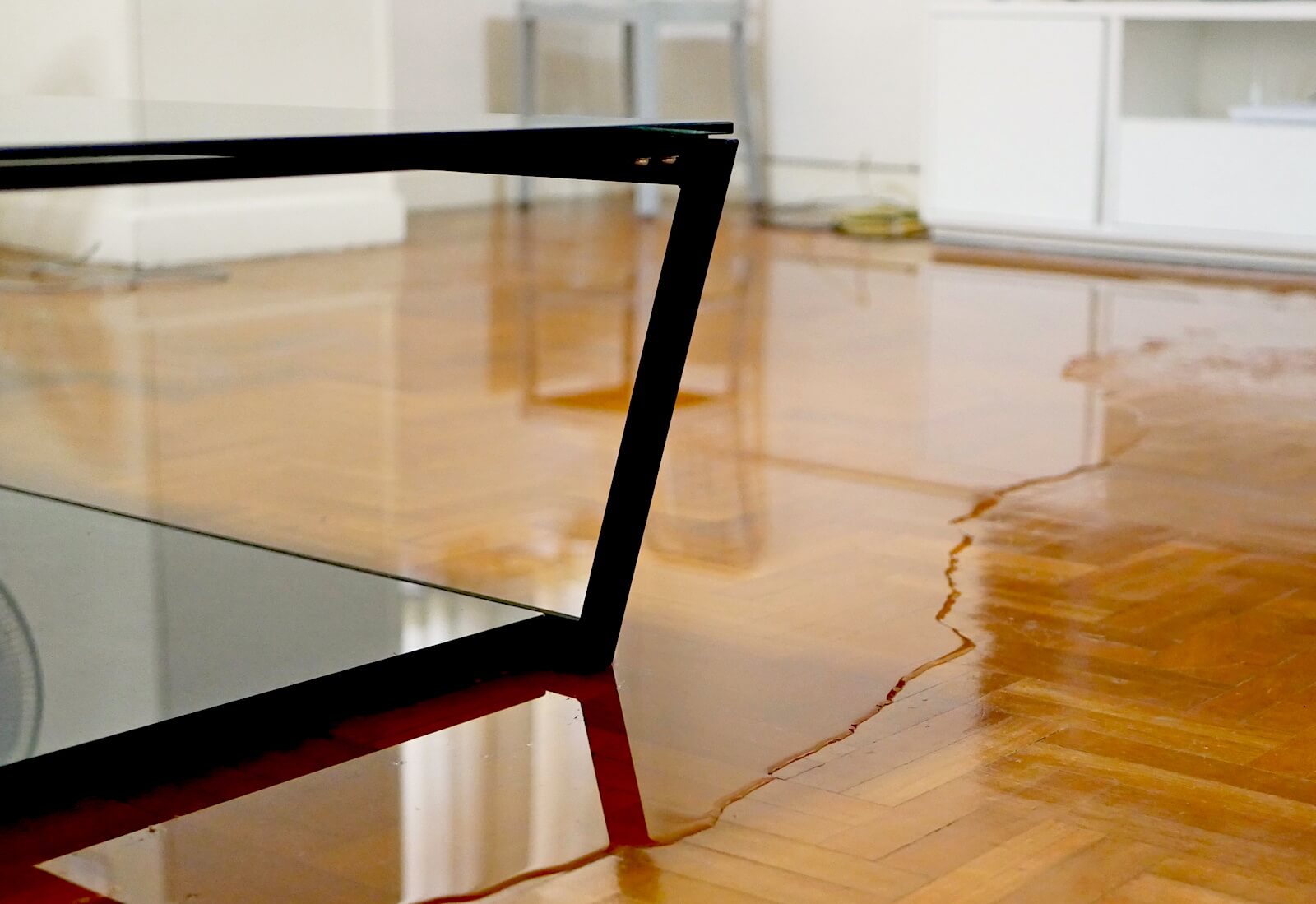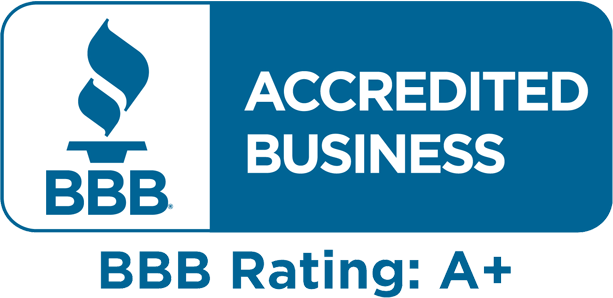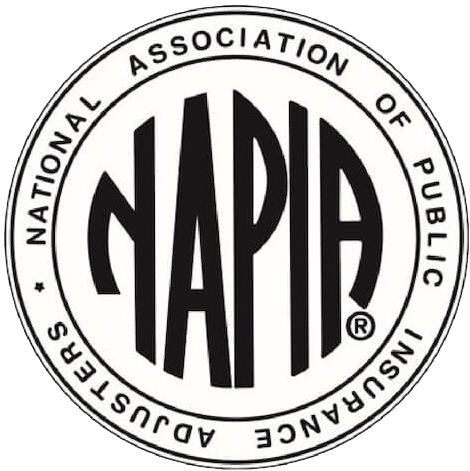5 Things You Need to Know Before A Burst Pipe Insurance Claim
The average burst pipe insurance claim costs $12,700. Fortunately, insurance should cover your burst pipe. However, insurance covers different burst pipe insurance claims in different ways. If your burst pipe is undetected for months, for example, then your insurer could deny significant portions of your claim.

If you’re dealing with a burst pipe insurance claim, then you need to know certain things. Keep reading to discover 5 important things to know before a burst pipe insurance claim.
Learn to Spot the Symptoms of a Burst Pipe
Some people are reading this article because they’re currently dealing with a burst pipe. Others are worried they may have a burst pipe. Some are simply preparing for unexpected events.
No matter what your situation may be, it’s important to learn to spot the symptoms of a burst pipe.
Some burst pipe signs are obvious. You might hear unusual noises when you turn on your pipes. Or, you could hear dripping behind your walls. Other signs are less obvious – like higher water bills and unusually low water pressure.
Common symptoms of a burst pipe include:
Unusual Noises When Turning on Water: Do you hear an unusual noise when turning on your pipes? Do you hear bubbling, whistling, banging, or clanking? Do your pipes make a funny noise when you turn on the sink or flush the toilet? Unusual noises in your plumbing system could come from a burst pipe or other serious issue.
Unexplained Odors: Does your washing machine have a funny smell as it fills with water? Do you smell unknown scents when turning on your water? Unusual odors could be a sign of a burst pipe issue or other plumbing problem.
Visible Water Damage or Discoloration in Ceilings & Walls: If you have water damage or discoloration in your ceilings and walls, then you could be dealing with a burst pipe or other water damage. Look for discolored areas that gradually become larger, for example, as they could indicate a growing water leak.
Unusually High Water Bill: Has your water bill suddenly jumped for no apparent reason? It could be a sign of a serious plumbing problem.
Bulging Walls & Ceilings: If your walls and ceilings are starting to bulge, then it could be a sign of a burst pipe.
Low Water Pressure: If your water pressure has suddenly dropped, then it could be a sign of a burst pipe or other plumbing problem.
Get the Situation Under Control
A burst pipe can be a catastrophic event. If you’re dealing with a burst pipe, then you need to take action quickly.
Step 1) Secure the scene and turn off water if safe. If a pipe suddenly bursts, then you could limit further damage by turning off the water. Many homes have a whole home shut-off valve. Alternatively, you may be able to turn off your home’s water supply at the meter box. Find the main valve, then turn it off to prevent further damage. Many homes and businesses have a wheel valve you turn clockwise to stop the flow of water.
Step 2) Call your insurer. Your insurer can explain the next steps to take. They may recommend a specific restoration company and dispatch an adjuster to your house, for example.
Step 3) Let the restoration company take over. The insurance company’s adjuster may dispatch emergency funds to your bank account, making it easier to find a hotel for the night. The restoration company could drain water, set up fans, and begin to remove damaged walls or floors to prevent mold.
Step 4) Proceed with the insurance claim. If your burst pipe insurance claim goes smoothly, then your insurer covers the full cost of repairing or replacing all damage caused by the water leak, but not the damaged component that caused the leak. The actual burst pipes, appliances and other system failures are not covered under your policy unless you have a mechanical breakdown endorsement added to your policy.
Understand How to Increase Insurance Claim Payout Using Proven Strategies
You can increase your insurance claim payout using proven strategies. Insurers don’t give away money for free. If you don’t know what to claim, then you could be left without tens of thousands of dollars in compensation.
Here are some tips to increase your insurance claim payout:
- Document everything with photos and videos.
- Avoid throwing away damaged materials or possessions until the insurer processes the claim.
- Negotiate with your insurance company, and don’t be afraid to turn down the first payout offer from your insurer.
- Understand your insurance company’s adjuster is not your friend, and your insurer is only concerned with paying you the lowest possible amount for your claim.
- Keep track of meals, hotels, and other costs if you are forced to leave your home because of the burst pipe insurance claim.
- For high-value claims or major insurance disputes, consider hiring a public adjuster or lawyer.
By implementing these tips, you can ensure you receive the maximum amount possible for your burst pipe insurance claim.
Understand Insurance Doesn’t Cover All Burst Pipes or Related Damage
You buy insurance to protect against unexpected events – like burst pipes. Unfortunately, insurance doesn’t always cover burst pipes or related damage.
Here’s what you need to know about how insurance covers – and does not cover – burst pipes:
- A standard home insurance policy covers the cost of repairing water damage, including water damage from a frozen pipe that has burst.
- However, if you failed to protect your home against freezing pipes or burst pipes, then your insurer could deny your claim.
- You must keep your home at a normal temperature, for example. Otherwise, your insurer could deny your claim. If you turned off your home thermostat and left for the winter, for example, then your insurer could deny your claim when pipes freeze.
- Similarly, insurance will not cover damage caused by burst pipes caused over a long period. If a pipe freezes, bursts, and leaks behind your wall for several months, causing mold damage, then your insurer could deny your claim.
- Other types of water damage not covered by an insurer include sewage backup, sump pump failure, or flooding unless you have endorsements that are added at a cost to you for further coverage of these items.
- If your insurer is wrongfully denying your claim, then consider hiring a public adjuster. A public adjuster can negotiate with the insurer, provide evidence proving your claim, and ensure you get every penny rightfully owed to you.
Use All Insurance Available to You
Insurance covers water damage originating from the burst pipe. However, insurance can also cover the cost of replacing damaged possessions, accommodation costs if your home is unlivable, and other expenses.
Your insurer may not volunteer this information upfront, but it’s in your best interest to use all insurance available to you.
Coverages that could apply to a broken or burst pipe insurance claim include:
Dwelling Coverage: Dwelling coverage is the foundation of a standard home insurance policy. It helps to cover the cost of rebuilding or repairing the physical structure of your home. If a burst pipe affects your walls, floors, and other parts of your home, for example, then you make a claim through your dwelling coverage.
Personal Property Coverage: Personal property coverage covers any possessions that could be damaged by a burst pipe, including furniture, electronics, clothing, sports equipment, and other items. If a burst pipe flooded your garage and destroyed your golf clubs, for example, then you can make a claim.
Loss of Use Coverage: A burst pipe could make your home temporarily unlivable. Your home may have no water supply, for example. In this situation, you can make a claim through loss of use coverage for additional living expenses (ALE) incurred as a result of the incident. Additional living expenses can include hotel costs, meals out, transportation, the cost of replacement toiletries, and other expenses you must pay because of the situation. Keep all receipts, then submit them to your insurer.
Final Tip for Burst Pipe Insurance Claims
The average cost of a residential burst pipe insurance claim in the United States is around $12,700. Many homeowners pay thousands more.
Fortunately, you’re not alone. Restoration companies secure the scene and repair damage – and a standard home insurance policy covers the damage caused by the burst pipe but not the repair of the actual pipe.
Contact a public adjuster to ensure your burst pipe insurance claim goes as smoothly as possible.





